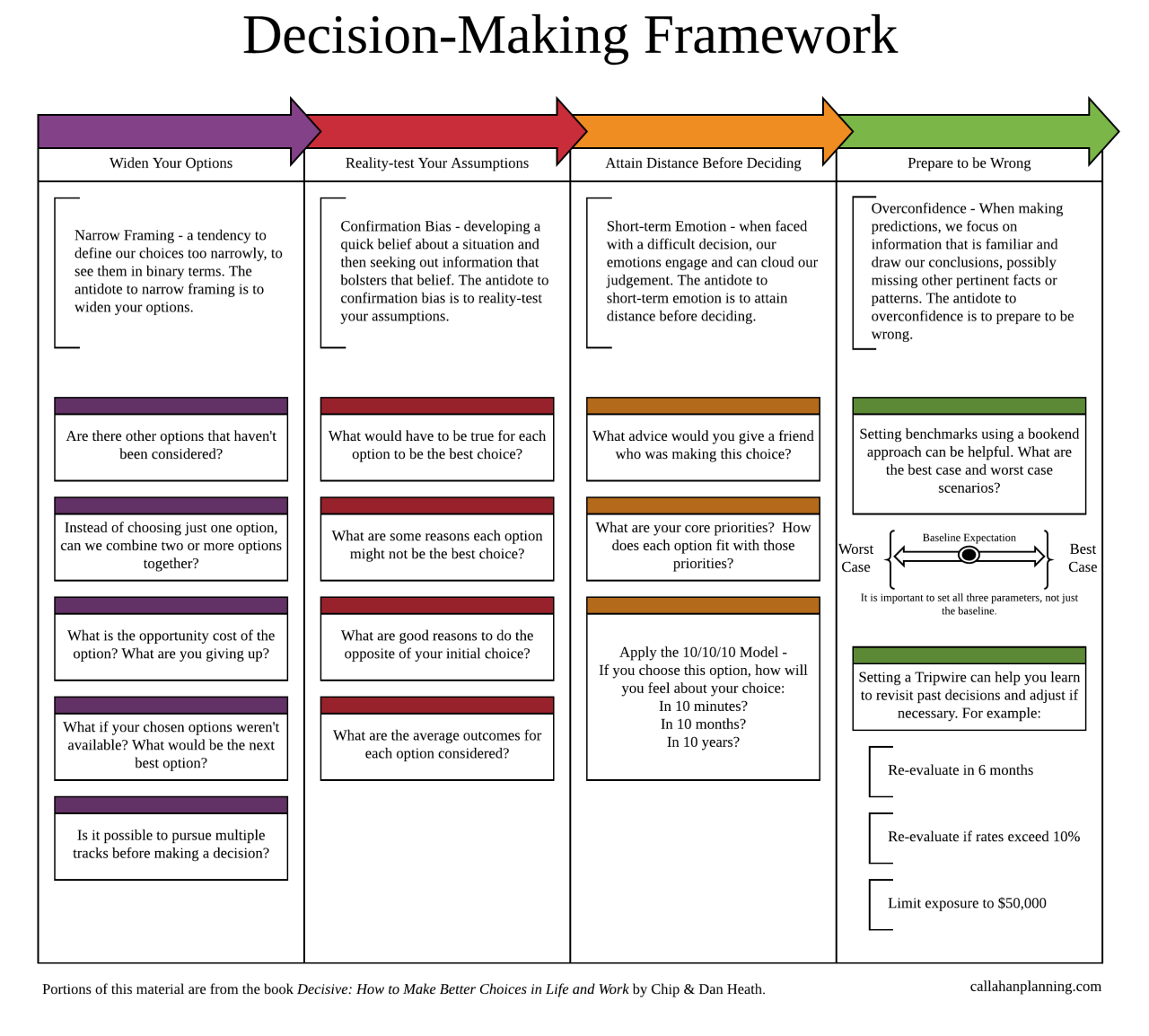Business Process Automation Tools
Business process automation tools are revolutionizing the way businesses operate, unlocking new levels of efficiency, cost savings, and accuracy. These innovative solutions streamline complex processes, empowering organizations to achieve greater productivity and growth.
By harnessing the power of automation, businesses can eliminate manual tasks, reduce errors, and free up valuable time for more strategic initiatives. Embark on this transformative journey today and unlock the full potential of your business.
Definition and Overview: Business Process Automation Tools
Business process automation (BPA) tools are software applications that automate repetitive, manual tasks within a business process. These tools can help businesses improve efficiency, reduce costs, and free up employees to focus on more strategic initiatives.
Some common examples of BPA tools include:
- Robotic process automation (RPA) tools: RPA tools use software robots to automate tasks that are typically performed by humans, such as data entry, order processing, and customer service.
- Workflow automation tools: Workflow automation tools help businesses automate the flow of work between different departments and employees. These tools can be used to create automated workflows for tasks such as approvals, notifications, and task assignments.
- Case management tools: Case management tools help businesses manage complex processes that involve multiple stakeholders and interactions. These tools can be used to track the progress of cases, manage documents, and communicate with stakeholders.
Benefits of BPA Tools
Business process automation (BPA) tools offer a myriad of advantages that can transform your organization’s efficiency, profitability, and accuracy.
One of the most significant benefits of BPA tools is their ability to streamline operations. By automating repetitive and time-consuming tasks, these tools free up employees to focus on more strategic initiatives that drive growth and innovation.
Improved Efficiency
- BPA tools eliminate manual data entry and other repetitive tasks, reducing the time required to complete processes.
- Automated workflows ensure that tasks are completed in the correct order and on time, improving overall efficiency.
- Real-time visibility into processes allows managers to identify bottlenecks and optimize operations for maximum efficiency.
Cost Savings
- BPA tools reduce labor costs by automating tasks that were previously performed manually.
- Eliminating errors and rework saves time and money, reducing overall operating expenses.
- Improved efficiency leads to increased productivity, which can result in cost savings through reduced overtime and staffing expenses.
Reduced Errors
- BPA tools eliminate human error by automating tasks that are prone to mistakes.
- Automated workflows ensure that data is entered accurately and consistently, reducing the risk of errors.
- Real-time monitoring of processes allows for quick identification and correction of any errors that do occur.
Case Study:
A leading manufacturing company implemented a BPA tool to automate its order processing system. The results were remarkable:
- Order processing time was reduced by 50%, freeing up staff to focus on customer service.
- Error rates dropped by 90%, resulting in significant cost savings and improved customer satisfaction.
- The company experienced a 20% increase in productivity, leading to increased revenue and profitability.
Types of BPA Tools
BPA tools can be categorized into three main types: robotic process automation (RPA), workflow automation, and decision automation. Each type of tool has its own unique set of features and use cases.
Robotic Process Automation (RPA)
RPA tools are designed to automate repetitive, rule-based tasks that are typically performed by humans. These tasks can include data entry, data processing, and customer service. RPA tools use software robots to mimic the actions of a human user, allowing businesses to automate tasks without having to make any changes to their existing systems.
Workflow Automation, Business process automation tools
Workflow automation tools are designed to automate the flow of work between different people and systems. These tools can be used to create workflows that define the steps involved in a particular process, and then assign those steps to different people or systems. Workflow automation tools can help businesses to improve efficiency and productivity by eliminating bottlenecks and reducing the need for manual intervention.
Decision Automation
Decision automation tools are designed to automate the process of making decisions. These tools can be used to create decision models that define the criteria that should be used to make a particular decision. Decision automation tools can help businesses to improve the accuracy and consistency of their decision-making, and to reduce the risk of human error.
Industry Applications
Business process automation (BPA) tools have revolutionized the way businesses operate across a wide range of industries. From manufacturing to healthcare to finance, these tools have streamlined processes, improved efficiency, and reduced costs.
In manufacturing, BPA tools have been used to automate repetitive tasks such as inventory management, order processing, and quality control. This has led to significant improvements in productivity and reduced the risk of errors.
Healthcare
In healthcare, BPA tools have been used to automate tasks such as patient registration, appointment scheduling, and insurance claims processing. This has freed up healthcare professionals to spend more time providing care to patients.
Finance
In finance, BPA tools have been used to automate tasks such as account reconciliation, financial reporting, and tax preparation. This has led to improved accuracy and compliance, as well as reduced costs.
Trends and Future of BPA Tools

The BPA tools market is constantly evolving, with new trends emerging all the time. Some of the most important trends to watch include:
- The increasing use of artificial intelligence (AI) and machine learning (ML) in BPA tools.
- The growing popularity of cloud-based BPA tools.
- The development of more user-friendly and intuitive BPA tools.
The Impact of AI and ML on BPA Tools
AI and ML are having a major impact on the BPA tools market. These technologies can be used to automate a wide range of tasks, including:
- Identifying and analyzing business processes.
- Designing and implementing BPA solutions.
- Monitoring and managing BPA processes.
AI and ML can help businesses to improve the efficiency and effectiveness of their BPA initiatives. These technologies can also help businesses to identify and mitigate risks associated with BPA.
The Future of BPA Tools
The future of BPA tools is bright. These tools are becoming increasingly sophisticated and user-friendly, and they are being adopted by businesses of all sizes. As AI and ML continue to develop, BPA tools will become even more powerful and effective.
BPA tools will play a major role in the future of business. These tools will help businesses to automate their processes, improve their efficiency, and reduce their costs. BPA tools will also help businesses to become more agile and responsive to change.
Questions Often Asked
What are the key benefits of using business process automation tools?
Improved efficiency, reduced costs, increased accuracy, enhanced compliance, and better decision-making.
What are some common types of business process automation tools?
Robotic process automation (RPA), workflow automation, decision automation, and data integration tools.
How can I implement business process automation tools in my organization?
Identify suitable processes, select the right tools, develop an implementation plan, train staff, and monitor progress.






